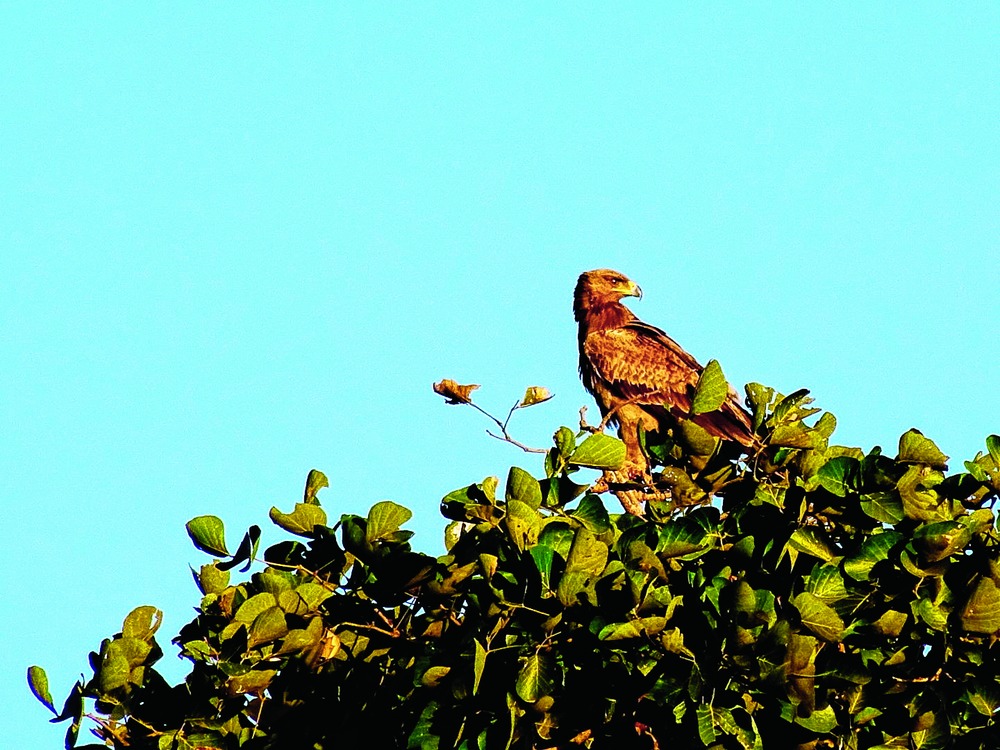
A former schoolteacher and an avid bird watcher seems to have spotted the endangered steppe eagle at Charwa Dam, 6km from Hazaribagh town and a favourite winter haunt of some two dozens species of winged visitors.
If Shib Shankar Goswami's birding calibre is to be trusted, the Aquila nipalensis - as the steppe eagle is scientifically known - has been sighted for the first time in the district and quite possibly in the entire North Chotanagpur region. There is also no documentation if the rare bird has ever been seen before elsewherein the state.
"I saw the big, brown bird atop a tree near the dam on December 23 last year. At cursory glance, I mistook it for the Indian spotted eagle ( Clanga hastata), which is also a large bird of prey. But then, I realised this bird was bigger. So, I clicked pictures and did a bit of research. Lo and behold, it was indeed the steppe eagle!" said the 40-year-old former St Xavier's teacher.
Currently, Goswami is the forest department's poster boy in schools and colleges to promote wildlife conservation. He leads a group of birders that runs a magazine, Bird's Buddy, sponsored by the department. The group also hosts co-curricular programmes, such as exhibitions and quiz, on campuses.
According to the self-taught expert, the key physical feature that distinguishes the steppe eagle from the Indian spotted eagle and non-migratory tawny eagle ( Aquila rapax) is its imposing size.
"While the Indian eagle - listed as vulnerable by the IUCN - is 60cm in length, the endangered steppe eagle grows up to be 80cm. It has darker blackish brown plumage than its cousins, besides a distinct yellow beak with black tip. These birds come to India from China and even Mongolia," Goswami said.
The steppe eagle's diet is largely fresh carrion of all kinds, but it can kill rodents and other small mammals. It will also steal food from other raptors. Like other species, the steppe eagle has a crop in its throat allowing it to store food for several hours.
Soon after his rare find, the birder had contacted fellow experts in neighbouring districts to learn about other sightings. "Everyone said they had not seen the steppe eagle in this region in recent times. Around thirty species of migratory birds come to Hazaribagh every winter, but this is the first time in decades that we have seen the steppe eagle here," Goswami said, adding that he had forwarded his findings to the chief conservator of forests of North Chotanagpur commissionerate.
Chief conservator Mahendra Prasad said he received Goswami's report two days ago. "I saw the data and photographs. It does seem he has seen the steppe eagle, a very rare bird. I cannot say about other districts, but for Hazaribagh it is definitely a first," Prasad said.










